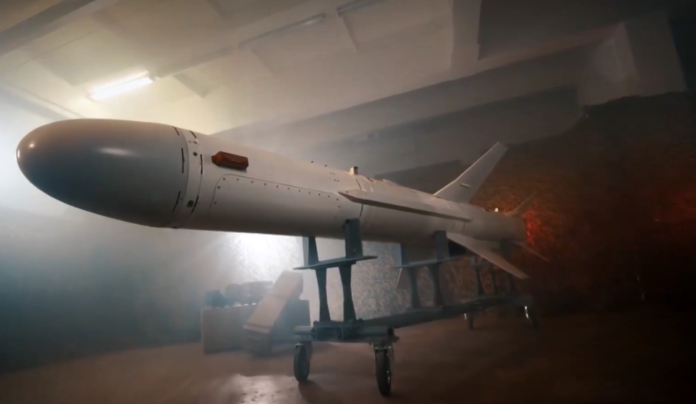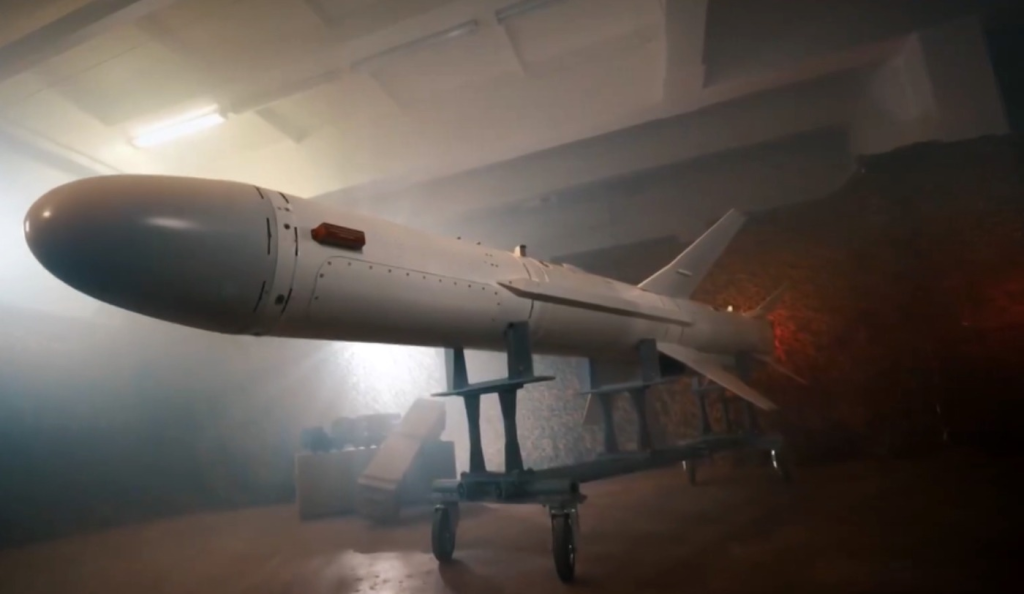
President Volodymyr Zelenskyy’s recent declaration “If the Kremlin blackmails Kyiv with blackouts, they should understand Moscow can also be blacked out” was not a show of bravado. It was the first salvo of Ukraine’s latest cycle of asymmetric operations, deploying domestically developed long-range drone and missile systems to strike key Russian military targets far behind the lines of engagement. These 8 October-announced missions are a mix of military strategy and engineering know-how in an attempt to disrupt Russia’s war logistics and energy grid.
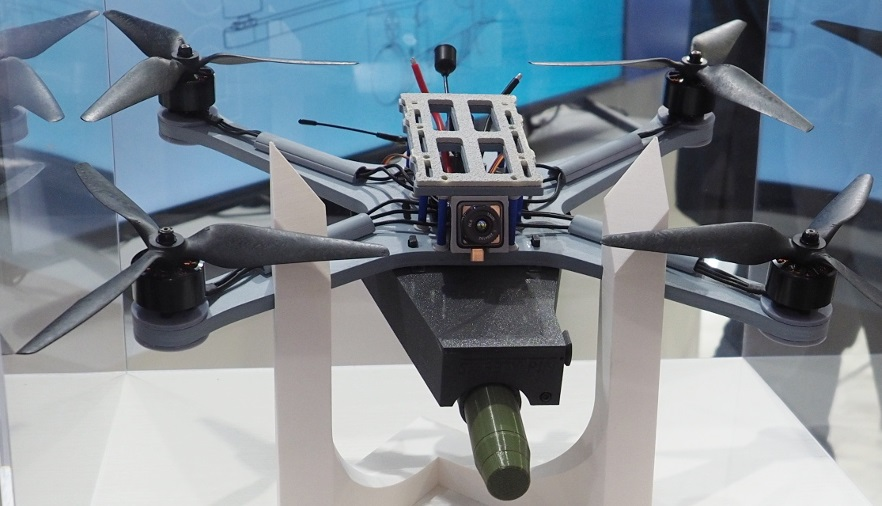
1. Ruta Missile Drone: Standoff Accuracy
The Ukrainian Ruta missile drone made a significant impact on a Russian naval tower over 250 kilometers from the launch site. Built for deep penetration precision, Ruta is part of Ukraine’s growing fleet of kamikaze drones with increased payloads and deep penetration into enemy airspace. Ruta is equipped with GPS-guided inertial navigation and sophisticated imaging sensors to facilitate attack on hardened targets or far-away targets. The October mission illustrates how these drones evade traditional air defense protection by taking advantage of vulnerabilities in Russia’s multi-layered networks.
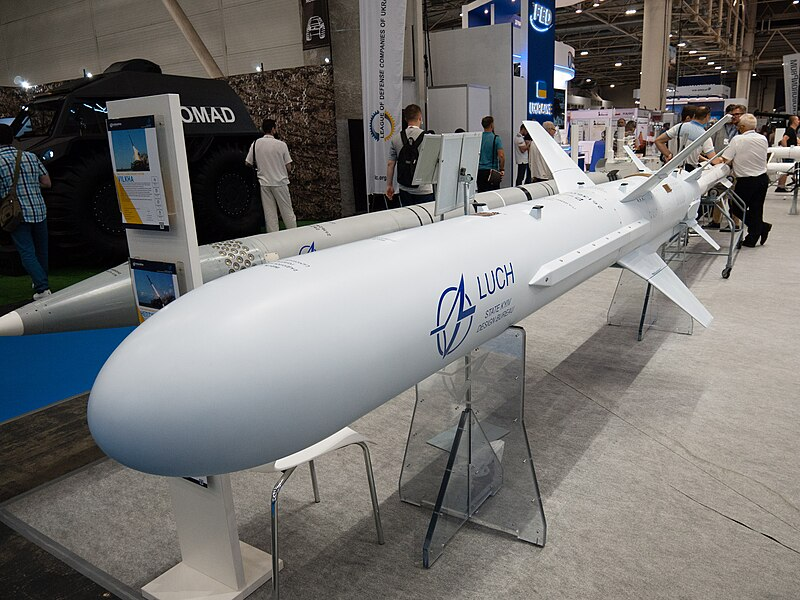
2. Neptune Cruise Missile Evolution
Originally constructed as an anti-ship missile, the R-360 Neptune has been thoroughly transformed since 2022. Production models now incorporate a small turbofan engine and a 300-kilometer maximum range, but Ukraine has deployed land-attack variants with GPS-INS guidance and imaging infrared seeker sensors for accurate targeting. The most recent version, the “Bulky Neptune,” includes massive side-mounted fuel tanks to maximize range without compromise of payload-carrying capacity. Ukraine’s Navy has documented more than 50 effective Neptune-series missile strikes in the last year, both military sites and infrastructure deep within Russia.
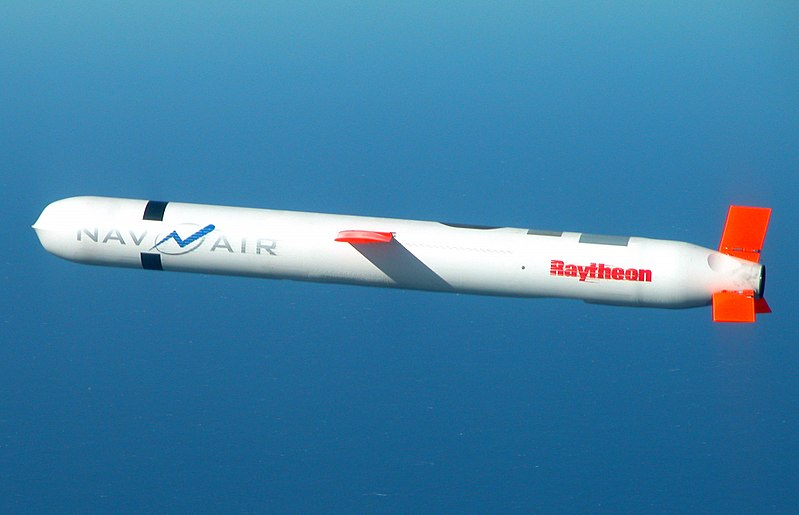
3. Flamingo: Ultra-Long-Range Capability
The Flamingo cruise missile, discovered in August, is a leap in Ukrainian reach. Estimated at a 3,000-kilometer range with a 1,150-kilogram warhead, it can cover the whole length of European Russia. In a confirmed combat deployment, three Flamingos struck an FSB compound in northern Crimea, two of which hit directly and created up to 15-meter diameter craters. This destructive capability, in conjunction with potential coordination with American Tomahawks, shows Ukraine’s willingness to integrate ultra-long-range weapons into its fighting doctrine.
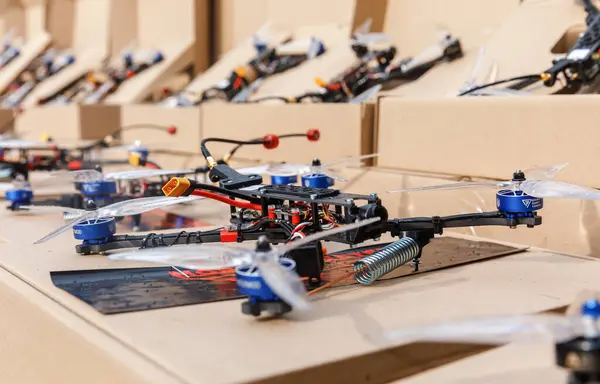
4. Developing Asymmetric Warfare Against Energy Infrastructure
Ukraine’s offensive against Russian oil refineries is a definition of asymmetric war on strategic economic targets. In a series of drone attacks on Volgograd, Ryazan, Samara, and Bashkortostan refineries over 1,100 kilometers from the border in one instance Ukrainian drones have compelled shutdowns at plants which produce a combined hundreds of thousands of barrels per day. While Russia’s overall refining capacity is 327 million tons per year, the targeted plants are as much as 38% of that number. Hitting partial damage to even a single one of them causes headaches to secondary treatment centers, bottlenecks that cascade through fuel supply chains.
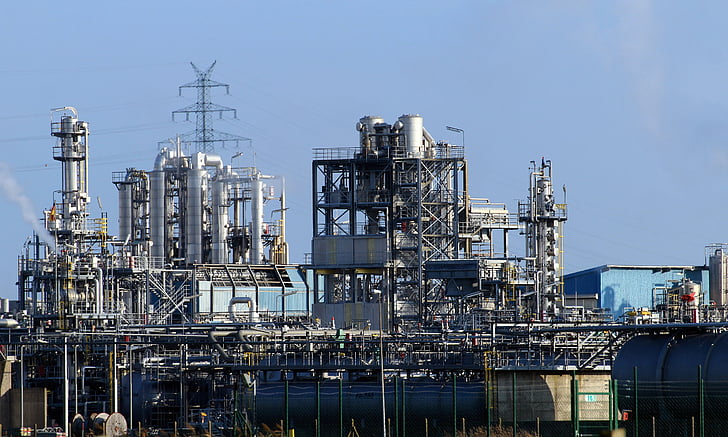
5. Impact on Russian Fuel Operations
Official figures indicate at least 10 refineries have been shut down completely or partially since August, and national output on some days declined by 20%. Gasolene shortages of as much as 20% have also been felt, particularly in Siberia and Crimea, where rationing has been introduced. Wholesale fuel prices have increased 40% since January, while long queues outside petrol stations are a common feature in the hit areas. These disruptions undermine civilian morale and tax military logistics because some targeted refineries directly fuel Russian forces in Ukraine.
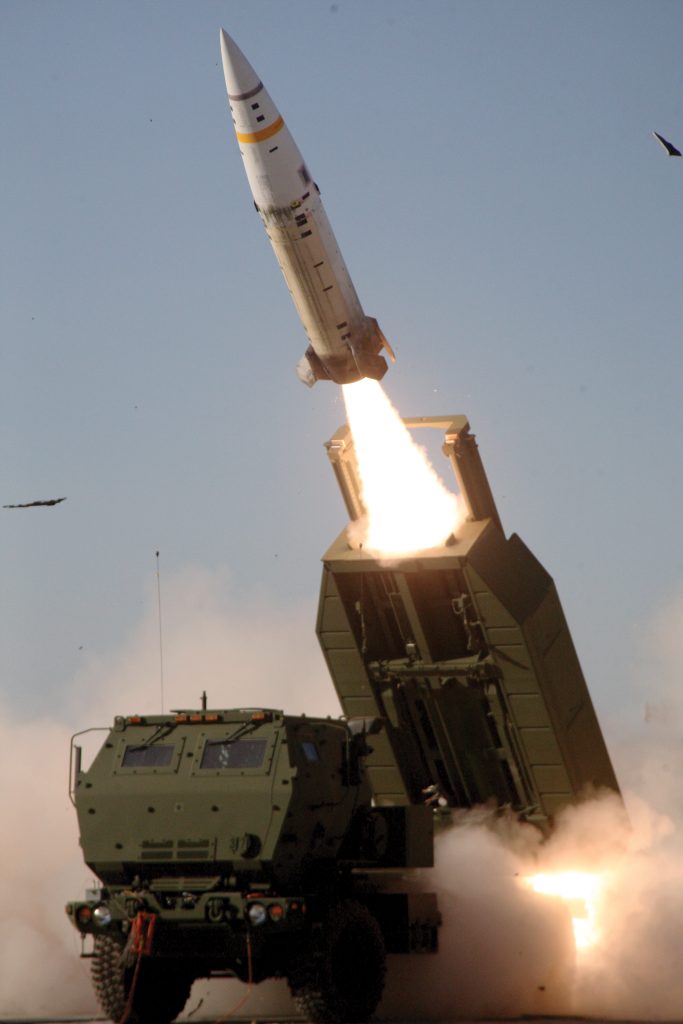
6. Integration with Broader Strike Assets
Ukraine’s long-range weapons now combine locally produced systems such as Ruta, Neptune, and Flamingo with Storm Shadow, SCALP-EG, and ATACMS missiles from the West. This multi-layered capability enables Kyiv to customize strikes by range, payload, and target type. The domestic production drive an objective of 50% of frontline ammunition being locally produced by year end guarantees sustained operational rhythm without overdependence on external supply lines.
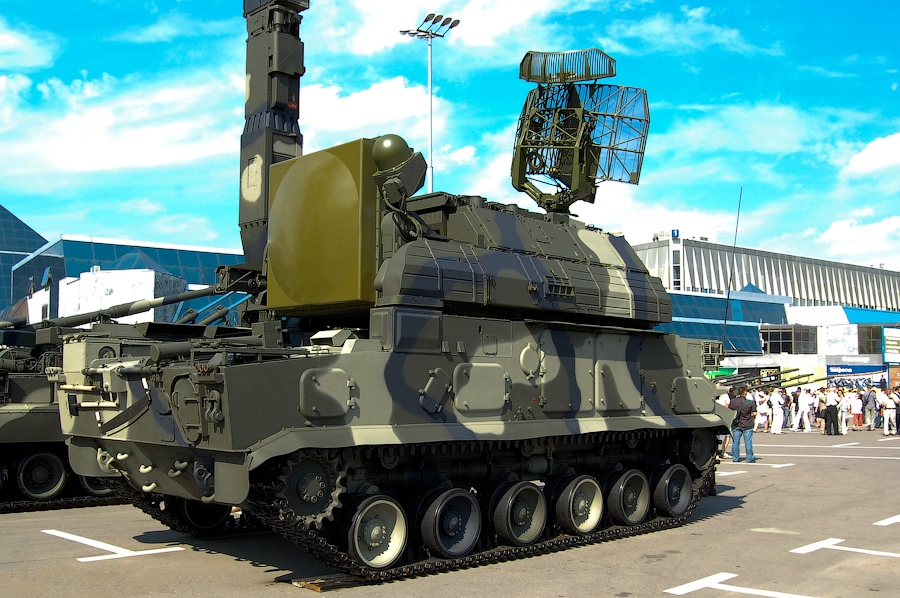
7. Russian Adaptation and Countermeasures
Russia has reacted with anti-drone netting on the roofs of refinery plants and redeployment of air defense assets, but these are haphazardly implemented. The brute geography of Russia’s energy plants makes comprehensive protection difficult. Ukrainian strategists take advantage of this by relocating targets to less-protected facilities, maintaining pressure and inducing expensive defensive re-deployments.
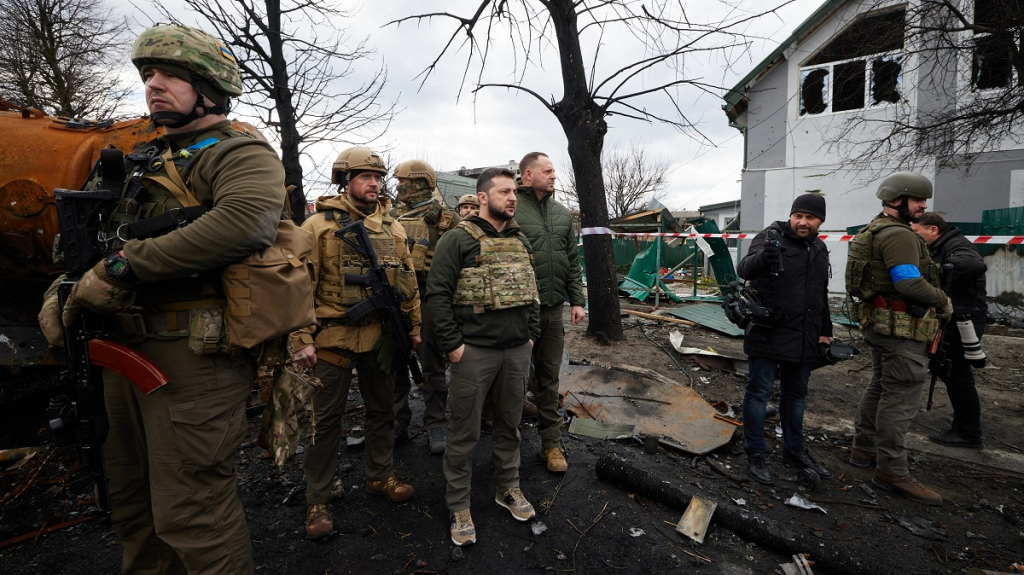
8. Strategic Significance in Positional Warfare
The conflict in Russia-Ukraine has reached the positional stage, with fixed frontlines and attritional warfare. In this, deep strikes against infrastructure are a force multiplier, exerting economic and logistic pressure far behind the front lines. Via the degradation of refinery refinement and naval platforms, Ukraine exploits technological advances in missile and drone systems to counterbalance numerical disparity among conventional troops.
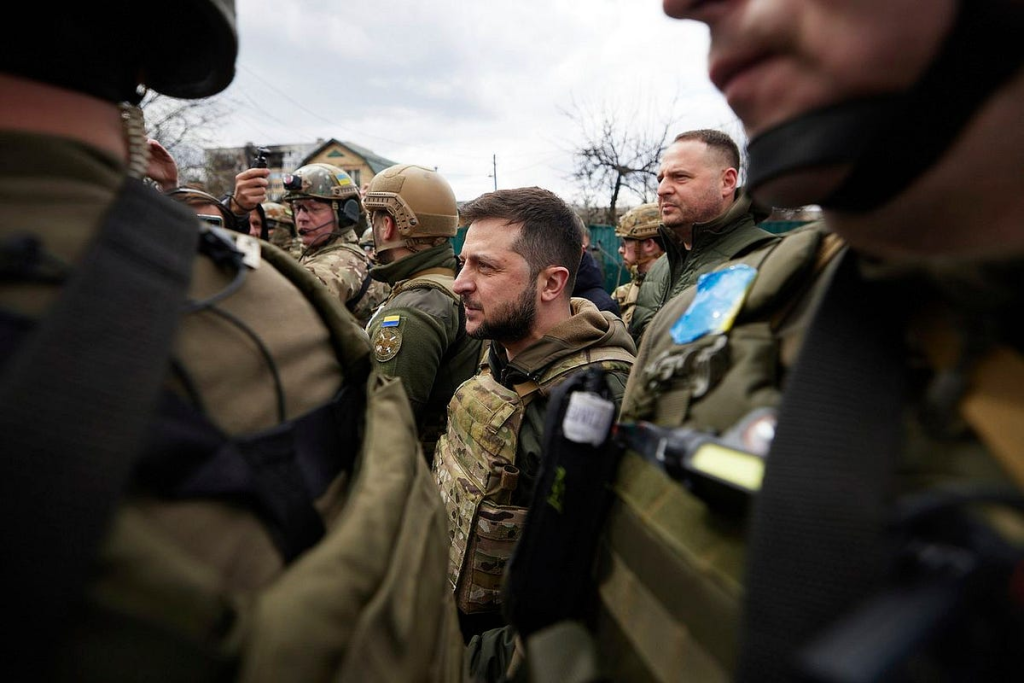
These October salvoes Ruta’s accuracy, Neptune’s adaptability, and Flamingo’s range show the way in which Ukraine’s indigenous weapons projects have become a force for tipping points in its asymmetric warfare doctrine. The tech leap of these platforms is transforming the arithmetic of operation for both sides, showing that engineering magic can be as vital as the movement of troops in contemporary war.
